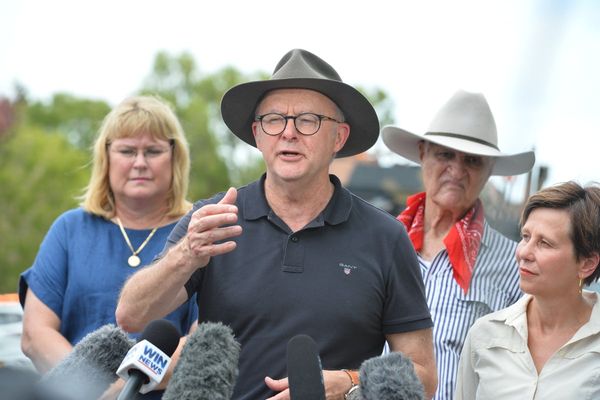
What’s the status of your IPO?
Our first core business, hearables, is profitable since 2016. Looking at the market conditions, we thought it would be a smarter choice for us to delay the IPO, put our investment back into our second core business, wearables, which requires tonnes of investments. The scale-up will happen in one-two years and to build it, we’ve acquired a company in Singapore called Kaha Technologies, which is an end-to-end IoT, AI platform. It is not whether we will do an IPO, we will do. It’s just about when.
Are you open to raising more funds considering the expansion plans?
We raised about $60 million recently. It gives us enough runway to scale our business until the IPO. But if things change, we will be open to it, as of now, I think we are pretty much secured; our balance sheets are pretty strong.
Give us a sense of what your revenue will be like for FY23 and FY24?
Last year (FY22) we did net revenue of ₹2,700 crore, and this year (FY23) we should be closing at about ₹3,900 crore. We’re building our plans for FY24. But, 20-25% growth seems possible given our base is much higher than competition.
You’re the second largest hearables and wearables company after Apple. How do you plan to close the gap with Apple? Will part of the plan be to go international?
India has essentially been a software country. It feels really good to get an Indian company to be the second largest global hardware manufacturer in terms of volumes after Apple, which is the largest with 29% global market share. We’re at 10.3%. Now, we have incredible partnerships coming in from all across the world because they want to partner with us and it is a great sense of pride, to put India on the world map. To beat Apple, going international is a very important decision for us. We are trying it out with countries that have similar behaviour trends to Indian audiences. We started small with Nepal and Bangladesh. We are looking at getting to Dubai, the UAE, Southeast Asia, Indonesia and are experimenting with these markets, to understand what is the right strategy to win and create that playbook.
How are you ramping up your Make in India plans?
We started manufacturing in June. This year, we have delivered about 11 million devices made in India. About 90% of our wearable devices are manufactured in the country, and 70% of our audio devices are made here through our electronics manufacturing partners and the joint venture with Dixon. We should be able to close the year at 17-18 million, which is 70-75% of overall sales volume. For FY24, we’re aiming to make 20-25 million locally. We are looking to do completely knocked down (CKD) assembly in India, and then essentially go for localization plans.
Do you want to have your own manufacturing units going forward?
The JV with Dixon is essentially a step towards that. It’s about capturing value, and at the same time, having control over the product and quality. We will be able to do printed circuit board assembly in India via surface-mount technology, or SMT. Then, we will get into localization of plastics and other components, to build a last-mile ecosystem so that one does not need to import anything. The guiding principle is to do 80-90% of our manufacturing locally. The end goal is to manufacture everything bottom-up here.
Is government support needed to achieve your plans at scale?
The Centre is already doing what it’s supposed to do. PMP (phased manufacturing programme) is a success, as players like us started manufacturing here. If it can be extended for another year, it will be super-helpful for the industry since we just started our journey. Production-linked incentive scheme on hearables and wearables will play into the PMP because by the time PLI comes in, there will be enough exports to help our international strategy take advantage of the scheme.
Does it make the case for backing or creating India Champions?
If the government does talk about Indian Champions and local companies going global, it’s a very good step, but I think the onus is also on the private sector to be competitive. We cannot expect that the government should give certain sops and only, then we will become No 1. I think 80% is the responsibility of the private sector and maybe 10%-20% lies with the government.
Hearables and wearables companies are increasingly being criticised for increasing electronic waste. As a company with global ambitions, what’s your strategy to reduce it?
We’re recycling all of our products from day one. They are not just dumped into landfills. We’re looking at more sustainable packaging, Infact, we’re currently in the process of changing our packaging internals from plastic to paper pulp. We don’t put plastic bags on the products. Maybe at some point, we may think about using recycled plastic which we know the global majors are doing.








